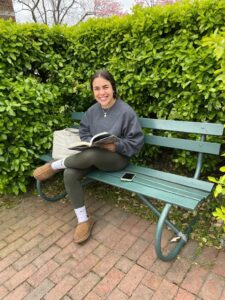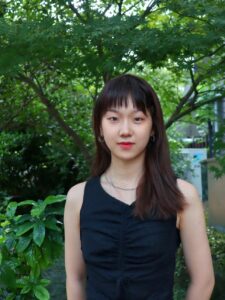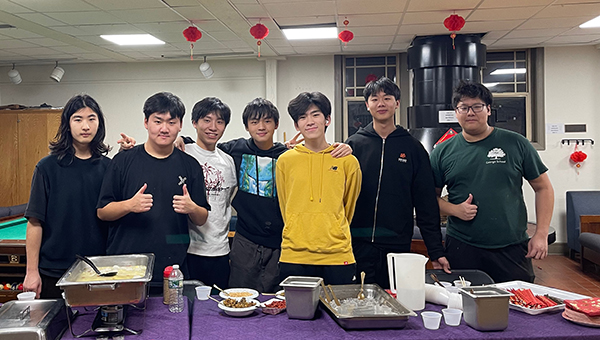
George School has been home to many students, faculty, and staff since its founding in 1893. With students from over 44 countries and 20 states, it is no surprise that the school is filled with heartfelt and diverse traditions connecting its global community together. Jason Geng ’25 is a student from China who helped coordinate Lunar New Year celebrations on campus this winter—sharing his nostalgic family recipes at his home away from home.
Jason was born in Inner Mongolia, but grew up in Shanghai, and shared that although Lunar New Year is celebrated differently in various parts of Asia, it means reunion for everybody. “Lunar New Year is a time to reunite with family, celebrate the hopefulness of the new year, and also the passing of the previous year,” said Jason. His memories of the celebration growing up include embraces and hugs with family members at the airport as they reunite, and cooking together in the kitchen where warm conversations are always the perfect ingredient to top off any dish.
It is traditional in China for the whole family to come together to cook the “reunion dinner” as they enter the new year. Jason’s family cooks Mongolian dishes, such as steamed mutton and other kinds of meat, as well as dumplings. “I always look forward to that day—of the warmth of eating with my family for the ‘reunion dinner,’” reflected Jason. “The kids would always help make the dumplings (饺子 jiao zi) or glutinous dumplings (汤圆 tang yuan)—usually pork—the night before and boil them. I loved the feeling of the dough on my hands as I shaped the dumplings.” Jason’s favorite are the sweet dumplings which are made with glutinous rice flour and contain a filling of red bean or black sesame that he describes as having a sweet and lingering flavor.
Jason along with Daniel Park ’23, Anatalia Cambridge ’24, and Flora Kim ’24 are the student leaders for the Southeast/East Asian Student Union (SEASU). “Students from East and Southeast Asia face a cultural barrier between American culture and their own culture,” commented Jason. “What we [SEASU] want to do is break that barrier and connect people together so we can learn from each other.” This year, SEASU worked together to plan the Lunar New Year celebrations in January. Cooking is one of Jason’s favorite Lunar New Year traditions, and being able to share it with the GS community was a special experience for him. “Food always brings people together,” said Jason.
“Lunar New Year includes all Asian culture,” continued Jason. “I was in charge of organizing the Chinese part and coordinated and cooked three special dishes with some friends.” Jason and Mucong (Mc) Gu ’24 prepared crispy pork loin (小酥肉 xiao su rou), sweet dumplings, and Chinese jelly (冰粉 bing fen). “The crispy pork loin is the main dish and takes the longest time because you have to slice, marinate, and then fry it. The dumplings and jelly were prepared in the morning.” Jason shared that the Chinese jelly is a treat where brown sugar is the main sweetener and toppings, such as shredded peanuts or Haw Flakes, are sprinkled on top to add extra flavor. Korean dishes included spicy rice cakes (Tteokbbokki), seaweed rice rolls (Kimbap), and a vegetable and glass noodle stir-fried dish (japchae). There were also Vietnamese egg rolls, and a Filipino noodle dish (Pancit Bihon) and steamed rice cakes (puto) cooked for the celebration.
SEASU also collaborated with CulinArt to prepare special recipes and traditional foods to serve in the Dining Hall. “The students were very thankful for the new ‘flavor station,’” shared Fred Long, Director of Dining Services. “Steamed dumplings were a must!” Other dishes included char siu (Chinese barbecued pork), bibimbap, banh mi sandwiches, noodle bowls, gochujang flavored dishes, sticky rice, and japchae.
In addition to the food, decorations were also an important part of the celebration. During the week leading up to Lunar New Year, students decorated campus buildings. In Marshall Center and the Meetinghouse, red lanterns and stickers adorned the windows—symbols for good fortune as the new year is welcomed.
“Traditionally, people cut out red paper designs based on what year it is,” said Jason. “This year is the ‘year of the rabbit,’ one of the animals that appears in the twelve-year cycle of the Chinese zodiac. We also always write a poem or word on red paper in front of the door where people enter,” Jason continued. “There is a Chinese letter meaning ‘fortune’ (福), and we write it on the red paper. When you flip it over and it is upside down, it means that ‘fortune comes/arrives’ which is a wish for good luck.”
“When we set up for Lunar New Year, it feels like us, and we have a bridge from home to George School,” said Jason. “It’s not lonely when we can share this special time with each other and have a platform to lift up our culture to the whole GS community. When we collaborate together, we create something special.”
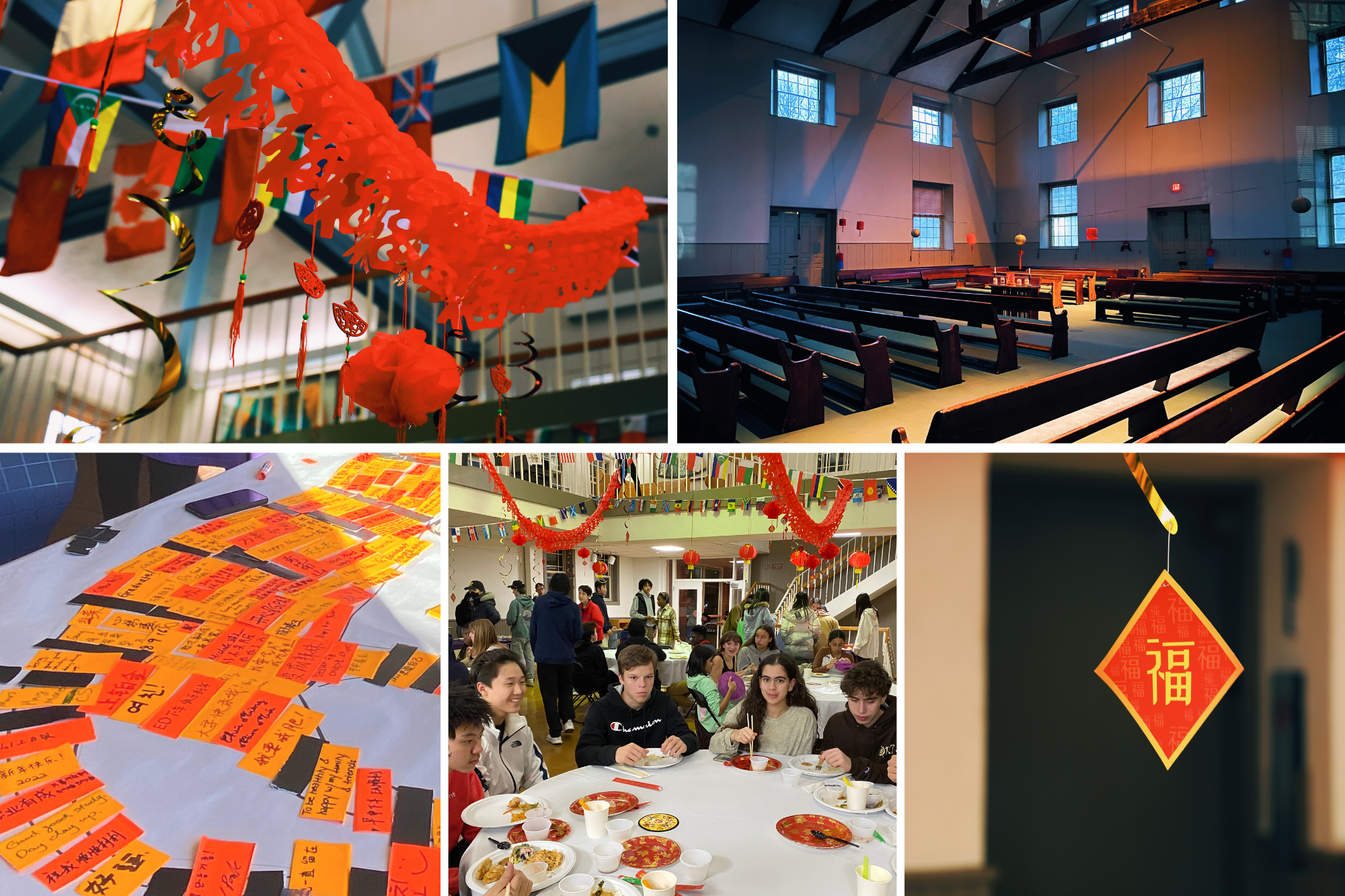





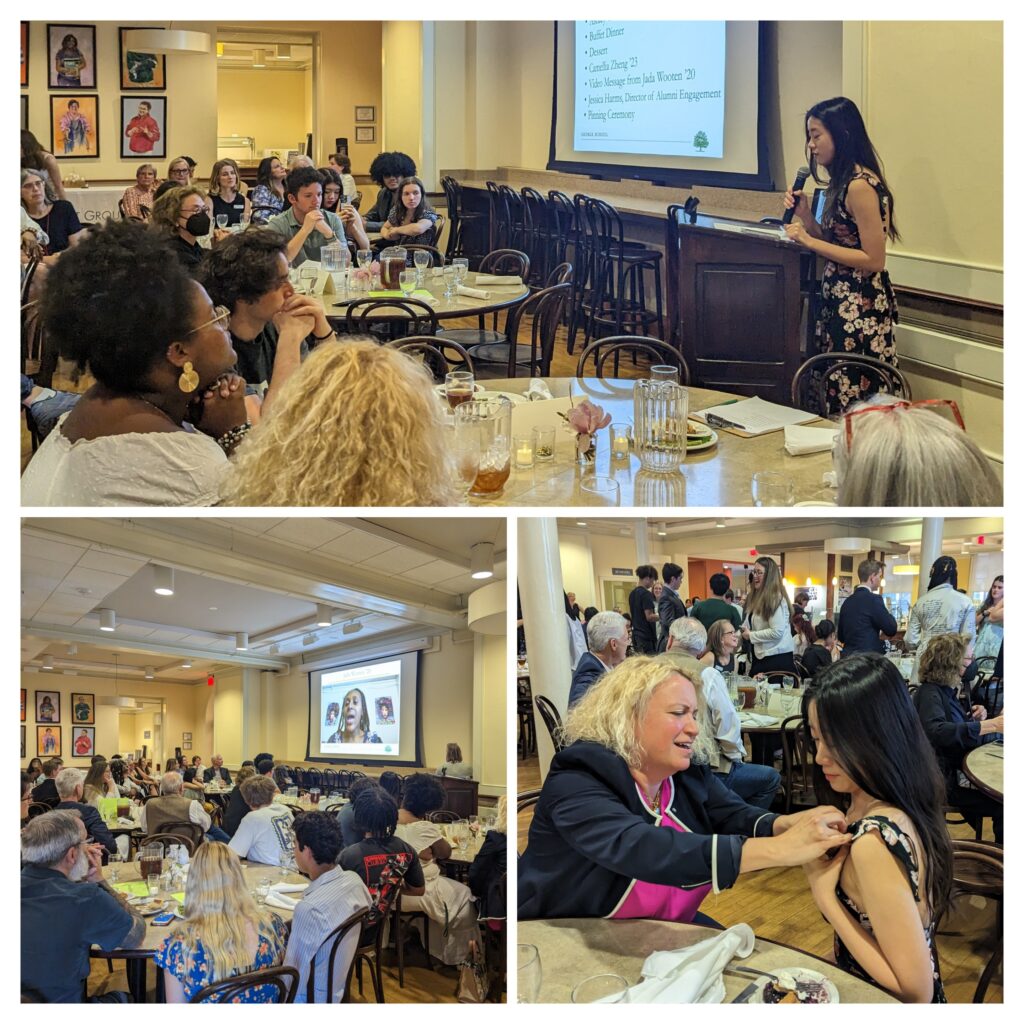

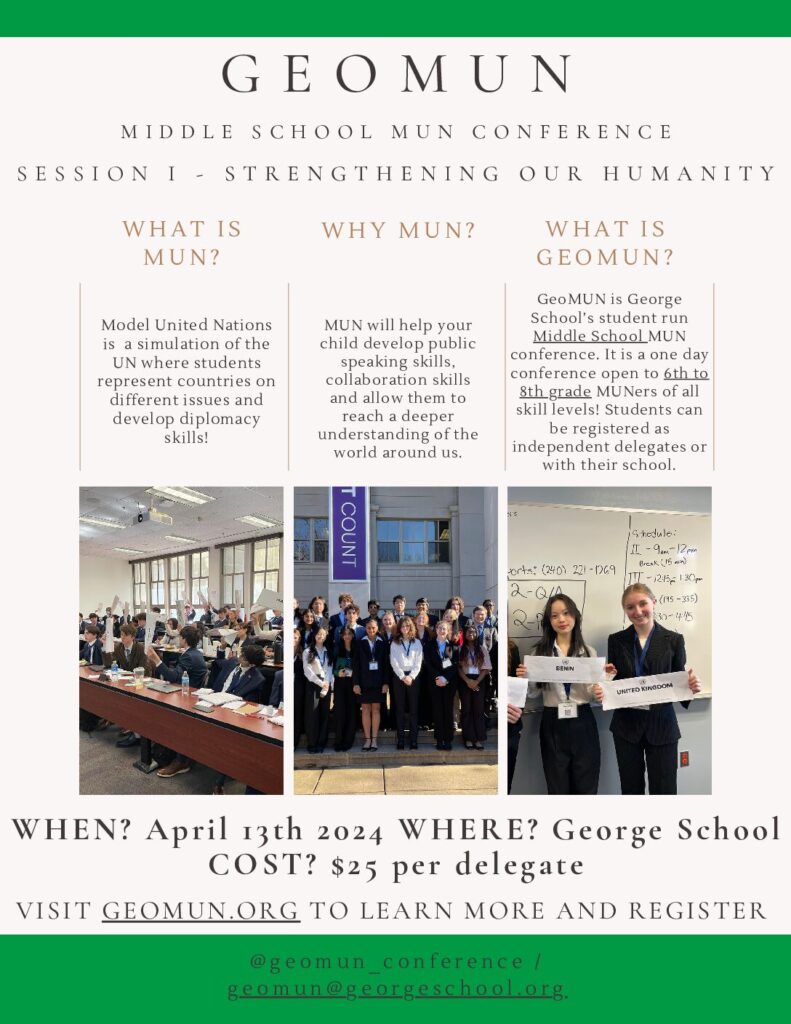

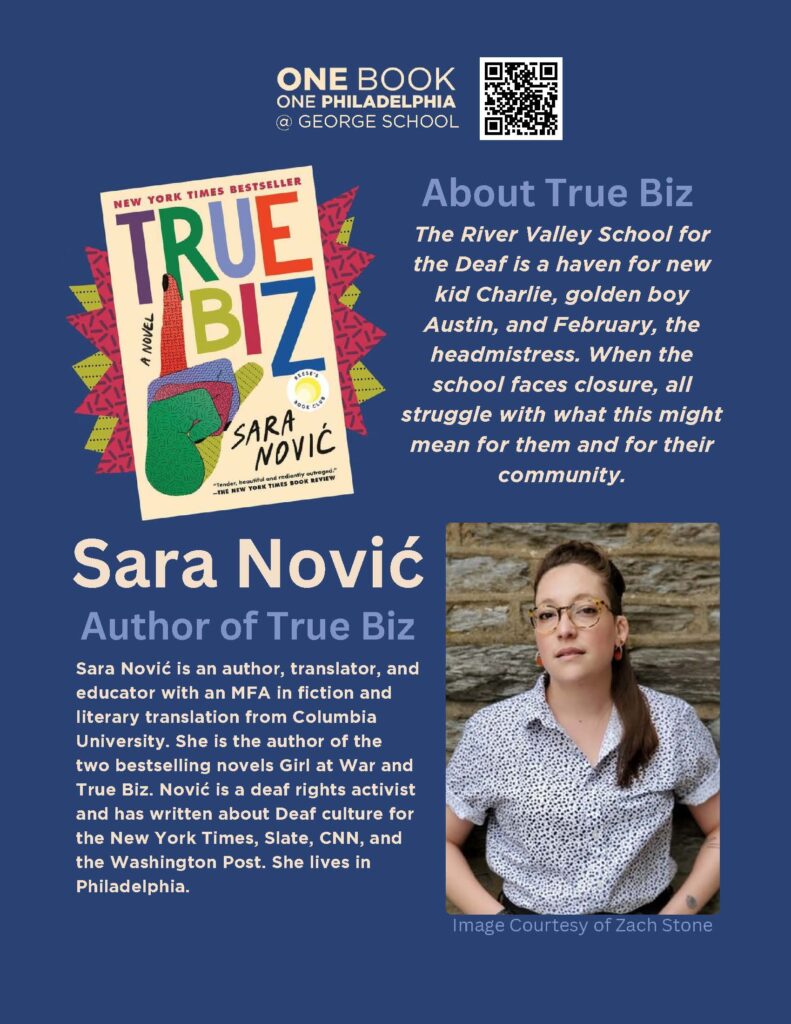
 Monastir, Tunisia, and Amman, Jordan
Monastir, Tunisia, and Amman, Jordan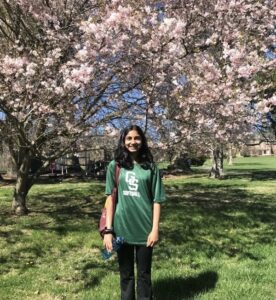 Irvine, CA
Irvine, CA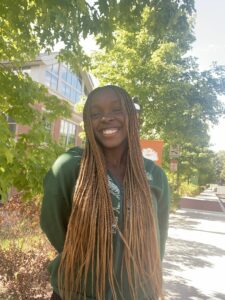 Feasterville-Trevose, PA
Feasterville-Trevose, PA New Hope, PA (Previously NYC)
New Hope, PA (Previously NYC) Richboro, PA
Richboro, PA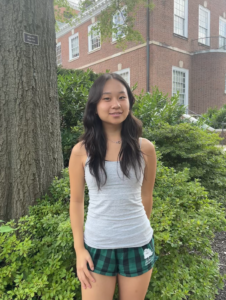 Englewood, NJ
Englewood, NJ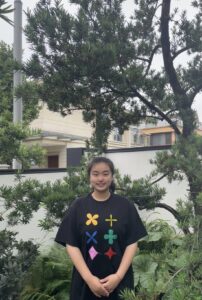 Ningbo, Zhejiang, China
Ningbo, Zhejiang, China Willingboro, NJ
Willingboro, NJ Yardley, PA
Yardley, PA Newtown, PA
Newtown, PA Holicong, PA
Holicong, PA Newtown, PA
Newtown, PA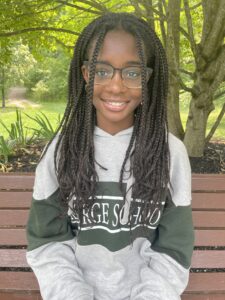 Hamilton, NJ
Hamilton, NJ Yardley, PA
Yardley, PA Lambertville, NJ
Lambertville, NJ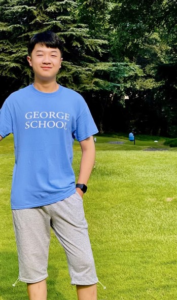 Chongqing, China
Chongqing, China Pennington, NJ
Pennington, NJ Yardley, PA
Yardley, PA Bensalem, PA
Bensalem, PA Borgota, Colombia
Borgota, Colombia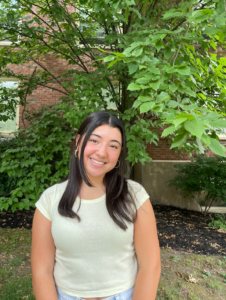 Newtown, PA
Newtown, PA Burlington, NJ
Burlington, NJ Langhorne, PA
Langhorne, PA Princeton, NJ
Princeton, NJ Langhorne, PA
Langhorne, PA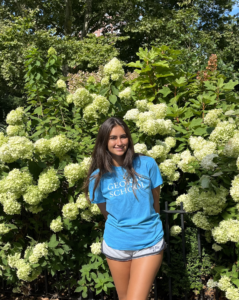 New York City, NY
New York City, NY New Hope, PA
New Hope, PA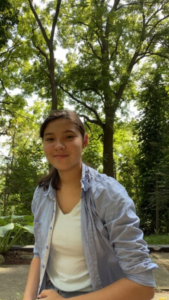 St. Catharines, Ontario, Canada
St. Catharines, Ontario, Canada Providenciales, Turks and Caicos Islands
Providenciales, Turks and Caicos Islands Willingboro, NJ
Willingboro, NJ Princeton, NJ
Princeton, NJ
 Newark, NJ
Newark, NJ Trenton, NJ
Trenton, NJ Newtown, PA
Newtown, PA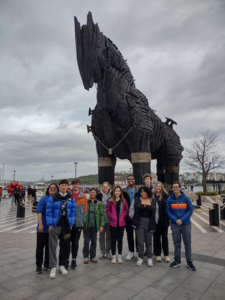
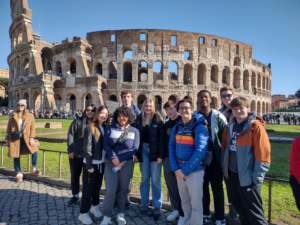
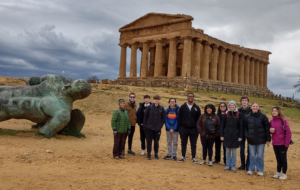

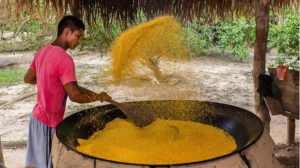
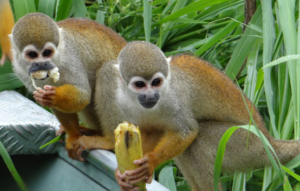

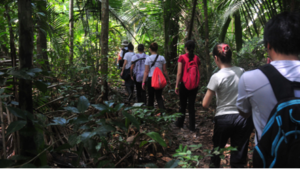
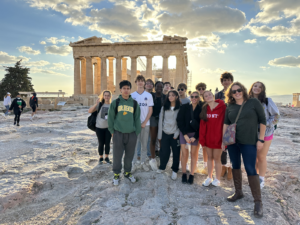
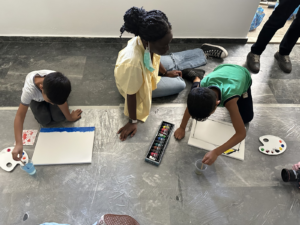
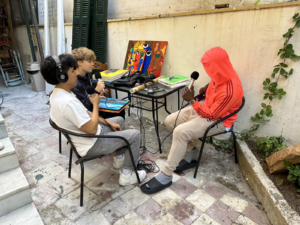

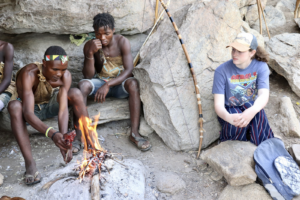
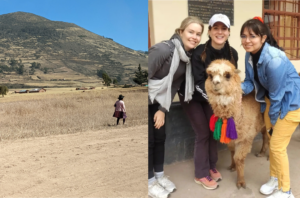




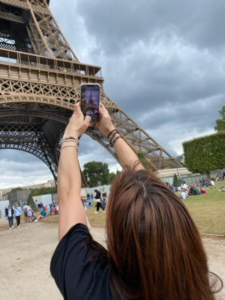
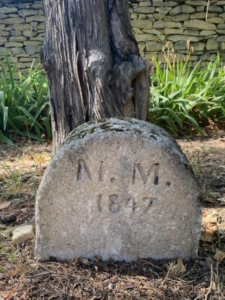
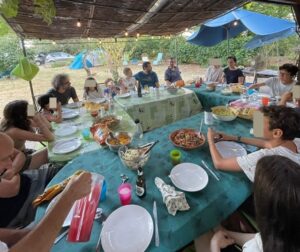
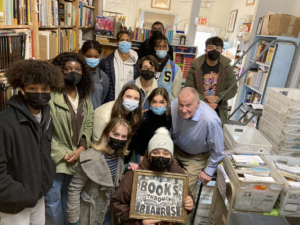
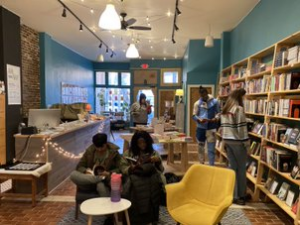

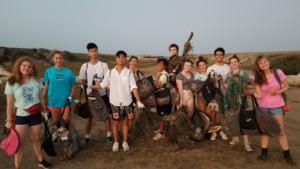

 Lawrence, NJ
Lawrence, NJ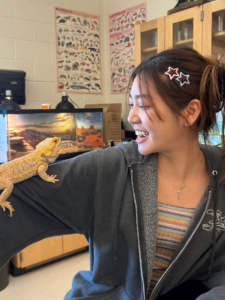 Seoul, South Korea
Seoul, South Korea
 Milwaukee, Wisconsin
Milwaukee, Wisconsin Pennington, NJ
Pennington, NJ Jenkintown, PA
Jenkintown, PA Ottsville, PA
Ottsville, PA Yardley, PA
Yardley, PA Providenciales, Turks and Caicos Islands
Providenciales, Turks and Caicos Islands Hopewell, NJ
Hopewell, NJ
 Pottstown, PA
Pottstown, PA Playa del Carmen, Quintana Roo, México
Playa del Carmen, Quintana Roo, México Shanghai, China
Shanghai, China Beijing, China
Beijing, China Yardley, PA
Yardley, PA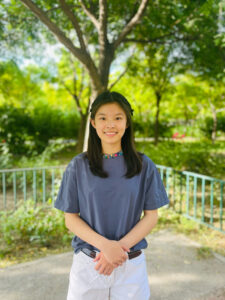 Beijing, China
Beijing, China Holland, PA
Holland, PA Langhorne, PA
Langhorne, PA Ringoes, NJ
Ringoes, NJ New Hope, PA
New Hope, PA Dreshner, PA
Dreshner, PA Yardley, PA
Yardley, PA Yardley, PA
Yardley, PA PA
PA


 Xi’an, China
Xi’an, China
